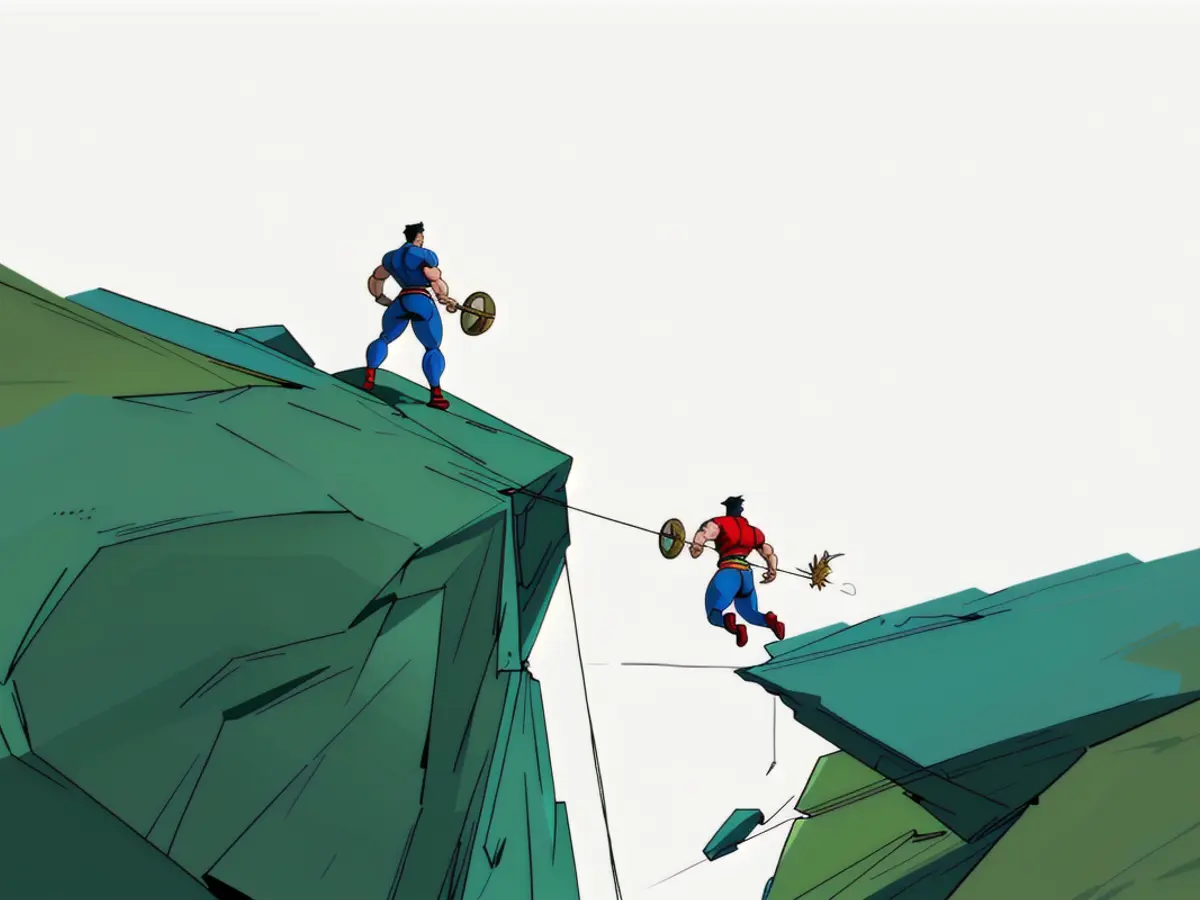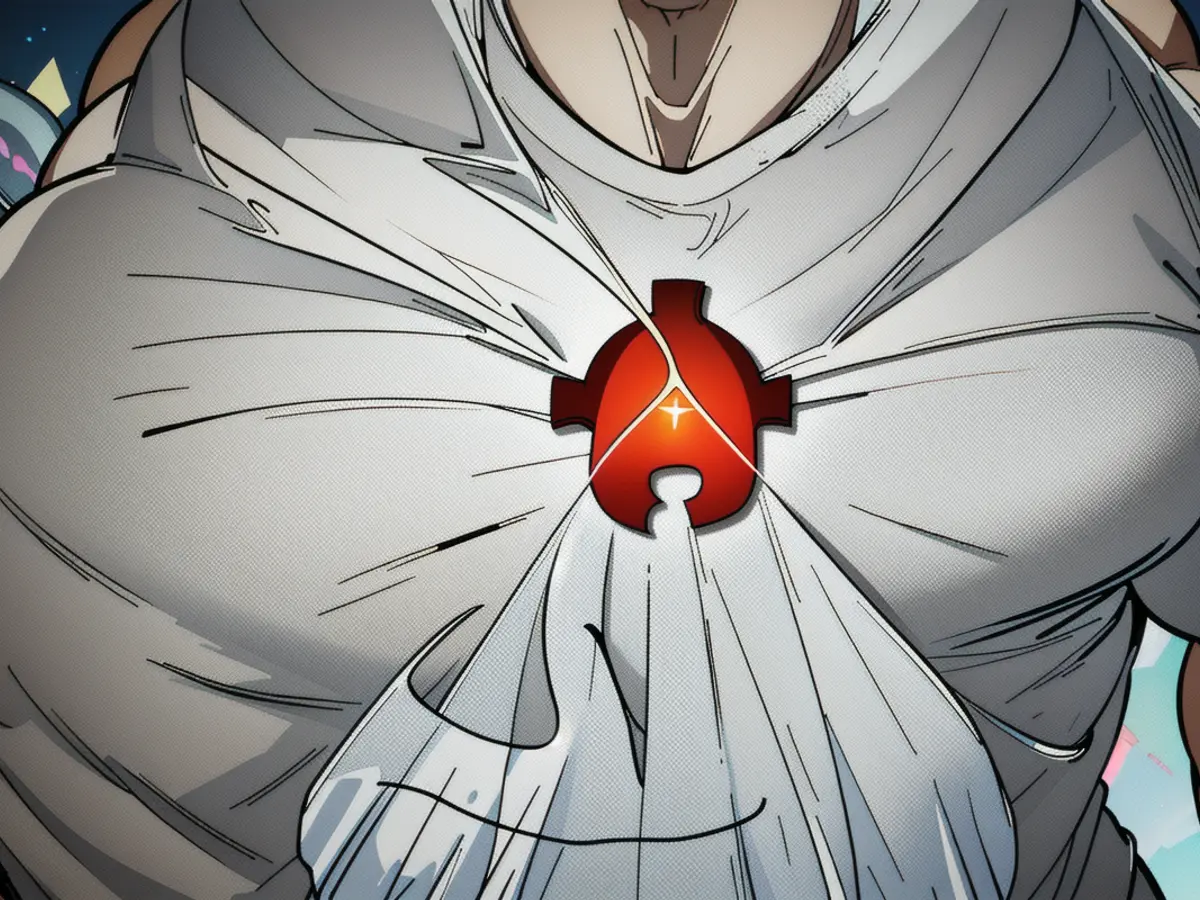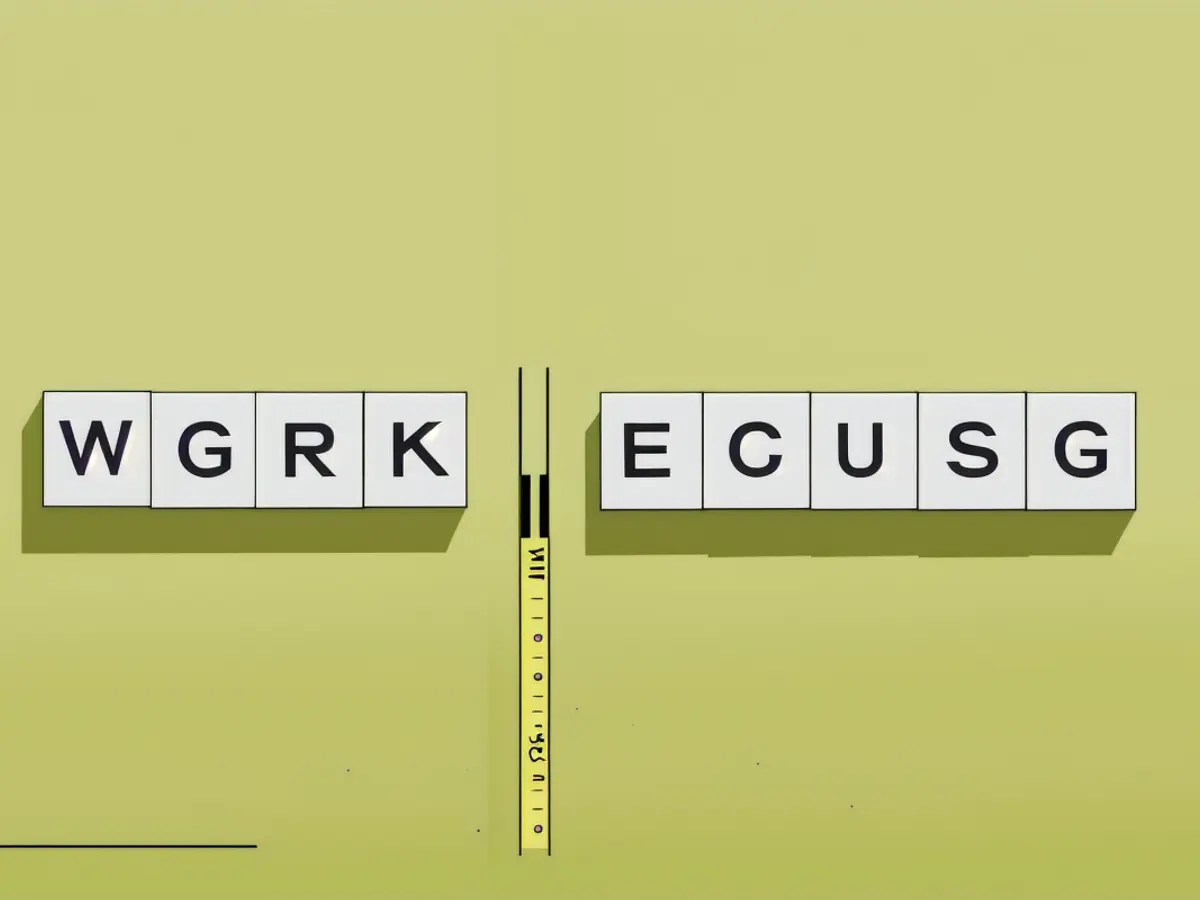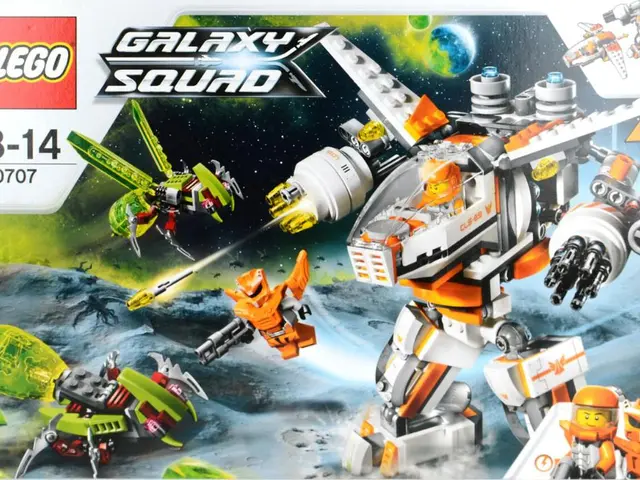On February 13, Thursday, Russia's Ongoing Conflict in Ukraine: Updates and Insights Straight from Ukraine
Updated Coverage on Ukraine's Peace Talks Developments
Tensions surrounding the ongoing conflict in Ukraine and the prospects for diplomatic resolution are heating up. On February 12, U.S. President Donald Trump hinted at an impending meeting with Russian President Vladimir Putin in Saudi Arabia, highlighting the Saudi Crown Prince Mohammed bin Salman's role in facilitating the negotiations in a presumed ideal location. Meanwhile, China has put forth the proposition to help organize a U.S.-Russia summit and contribute to post-conflict peacekeeping efforts. Nevertheless, these initiatives have stirred skepticism in both the U.S. and Europe given China's close ties to the Kremlin.
Trump's administration maintains that its primary objective is to bring an end to hostilities, with continued U.S. support to Ukraine contingent on securing financial guarantees. Moreover, the President asserts that while certain Ukrainian territories may eventually revert to Kyiv's control, restoring its internationally recognized borders is deemed impractical. Trump hinted that Ukraine might have to make tough sacrifices for peace.
Previously, Trump revealed a "highly productive" phone call with Putin, announcing a plan to initiate talks aimed at ending the war in Ukraine. Russian spokesperson Dmitry Peskov confirmed the call's duration and Putin's invitation for a future meeting in Moscow. Concerns over this lack of coordination with Ukraine have spread to both Kyiv and European capitals.
Many experts perceive this move as a diplomatic victory for Putin, potentially leaving both Brussels and Kyiv on the sidelines as critical decisions are made. With eyes on the Easter or May 9 celebrations, some analysts speculate about Trump and Putin striving for a ceasefire in Ukraine.
U.S. Secretary of Defense Pete Hegseth, speaking at the Ramstein meeting in Brussels on February 12, deemed NATO membership and the restoration of Ukraine's pre-2014 borders as unrealistic for peaceful conflict resolution. Hegseth advocated for a diplomatic resolution, emphasizing the need for solid security guarantees backed by capable forces without invoking NATO Article 5. He also ruled out the deployment of U.S. troops in Ukraine.
In the wake of mounting casualties, the conflict's toll on Ukrainian civilians is heart-wrenching. A February 12 strike in the capital claimed the life of one civilian and wounded four others, including a child. Thirty-five deaths and 32 injuries resulted from February 11 shelling attacks along Sumy region's border. Kramatorsk sustained significant damage following a 46-year-old man's demise and five residents' injuries in a glide bomb strike. A woman was killed in an artillery strike in the regional capital on February 12, as rescue efforts rekindled hope in the Kherson region.
Ukraine's National Security and Defense Council imposed indefinite sanctions on former President Petro Poroshenko on February 12, accusing him of treason and involvement in coal supply disruptions. Facing 20+ criminal investigations, Poroshenko has been a vocal critic of the current government, posing as a significant threat to President Volodymyr Zelenskyy. Poroshenko has since called the sanctions "unconstitutional" and "politically motivated," raising concerns from international observers.
Rebuilding Ukraine's war-torn infrastructure and damaged buildings would require an estimated 230 billion dollars, with an expected shortfall of $130 billion. A lasting peace accord paired with sufficient financial support could potentially stimulate Ukraine's energy, manufacturing, and construction sectors, easing economic pressures on the European Union in the long term. Ukraine's vast reserves of critical resources, such as uranium and lithium, have drawn the attention of U.S. leaders like President Trump, potentially providing leverage to secure a more favorable settlement to the conflict.
Russia has escalated its use of enhanced Iranian-designed Shahed drones fitted with 200-pound warheads, doubling their destructive capacity. While their operational range has been reduced to 400 miles, drone production and offensives have intensified, with over 10,000 Shaheds slated for production by year's end.
**Insights from Enrichment Data**
U.S.-Russia negotiations have been substantiated by President Trump's willingness to negotiate a ceasefire deal with Russia and his suggestion that some Ukrainian territories might eventually return to Kyiv's control under certain conditions. Meanwhile, Russia's escalation of drone use has put pressure on Ukrainian air defenses, causing significant damage and casualties.
Skepticism surrounding China's intentions to help organize a U.S.-Russia summit still persists despite Beijing's offer to assist in post-conflict peacekeeping efforts. Moreover, Ukraine remains open to negotiations, despite concerns over Moscow's ability to single-handedly veto any security actions within a proposed framework.
In the face of continuing violence and mounting casualties, there is growing pressure on both sides to seek a diplomatic resolution to the conflict. However, the intricacies of the situation, along with the interests of other global powers, create a challenging landscape for peace talks.
- The news about potential peace talks between the U.S. and Russia over the Ukraine conflict has sparked widespread interest, with President Trump hinting at a meeting with Vladimir Putin in Saudi Arabia.
- Trump's administration has emphasized the importance of ending hostilities in Ukraine, but has cautioned that restoring Ukraine's internationally recognized borders is impractical.
- NATO Secretary of Defense Pete Hegseth has urged diplomatic resolution in Ukraine, emphasizing the need for solid security guarantees without invoking NATO Article 5.
- As peace talks continue, concerns have been raised about China's involvement, given its close ties to the Kremlin.
- Meanwhile, the conflict in Ukraine has taken a heavy toll on civilians, with numerous casualties reported in recent days.
- Despite these challenges, Ukraine's National Security and Defense Council has imposed sanctions on former President Petro Poroshenko, accusing him of treason and involvement in coal supply disruptions.
- Russia's use of Iranian-designed drones has put pressure on Ukrainian air defenses, causing significant damage and casualties.







